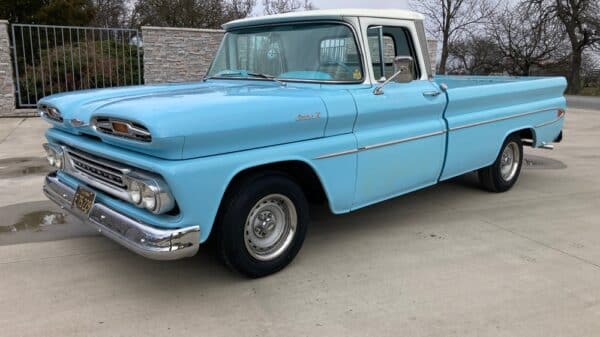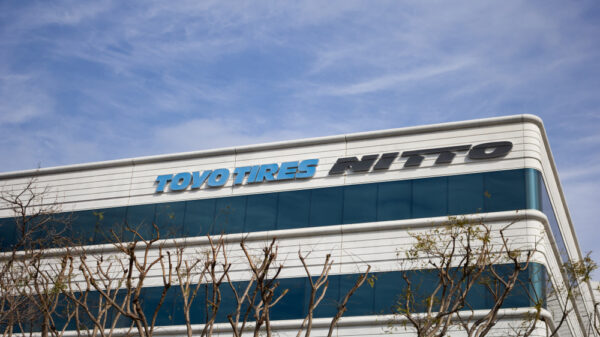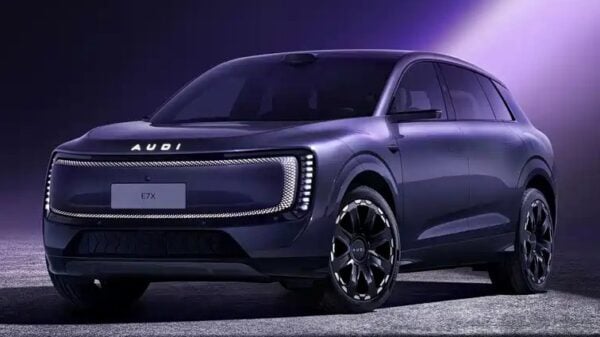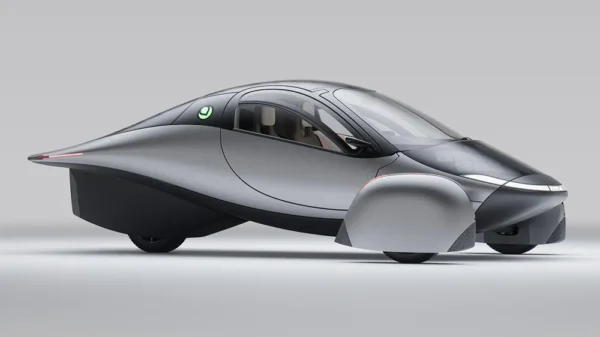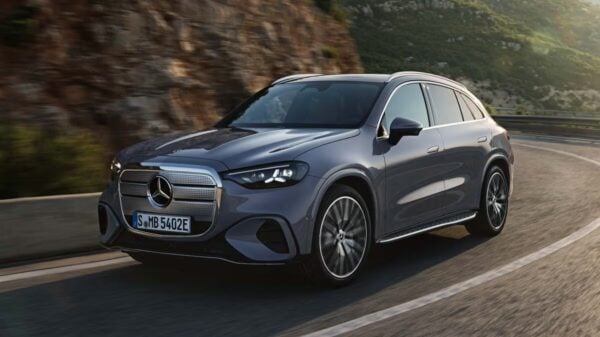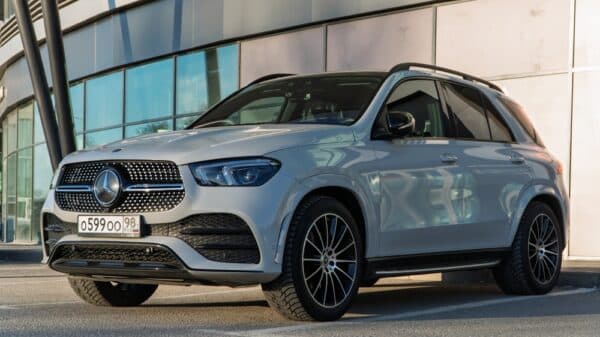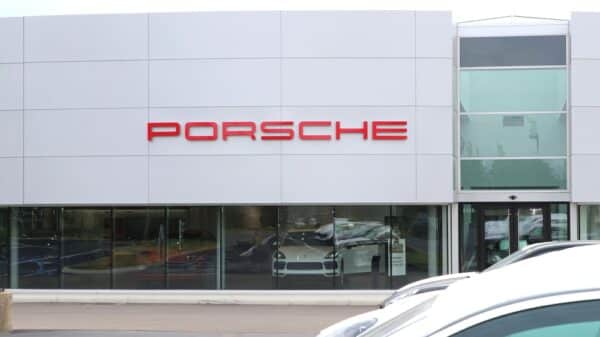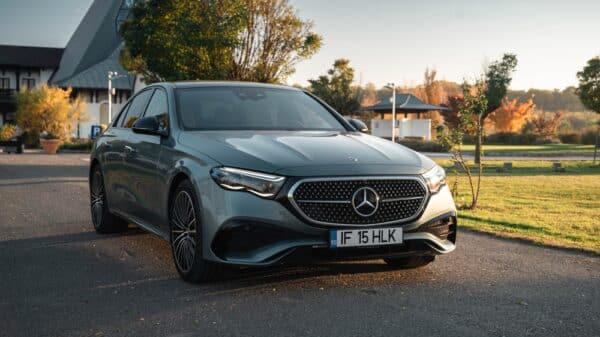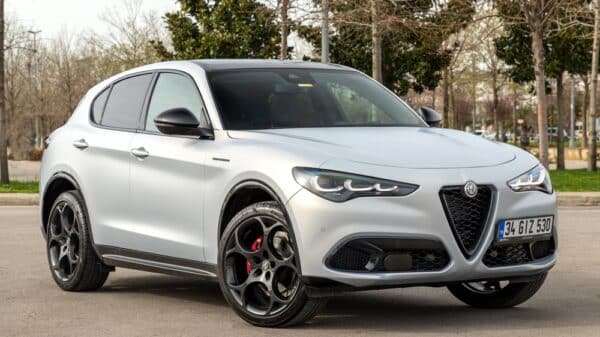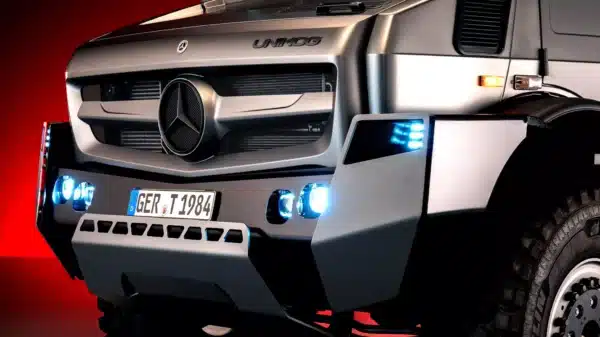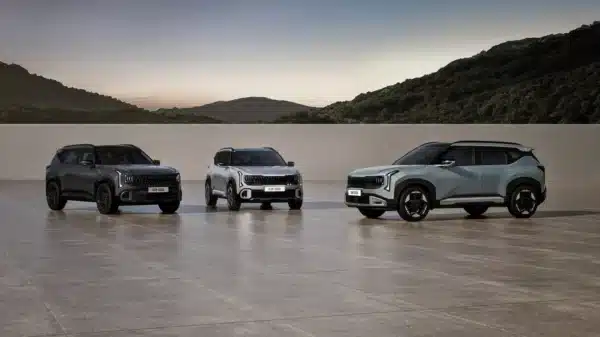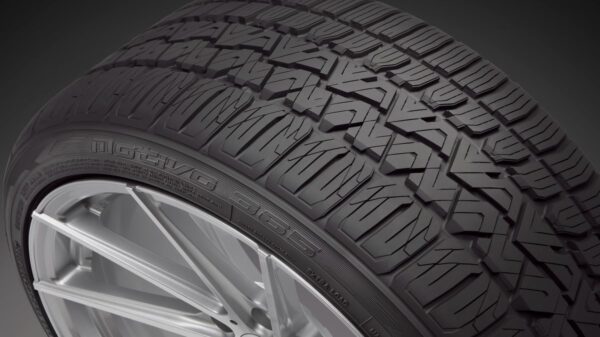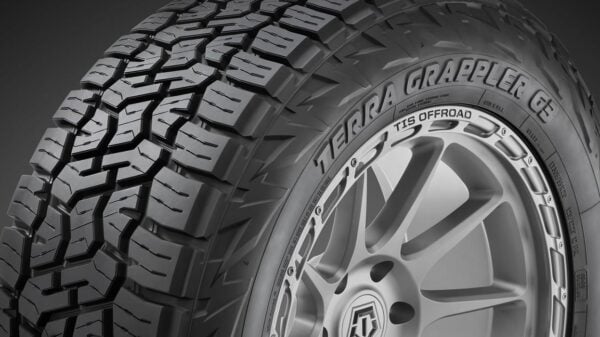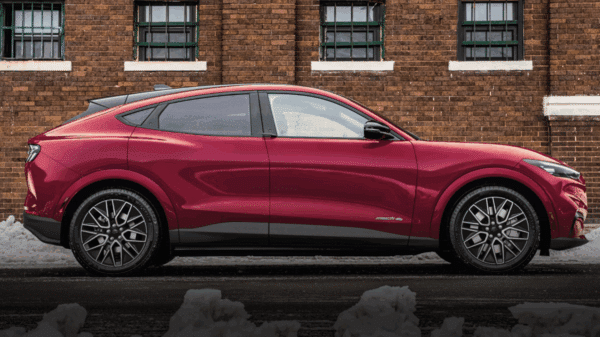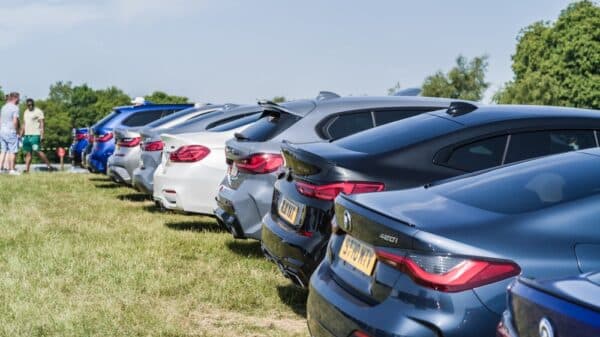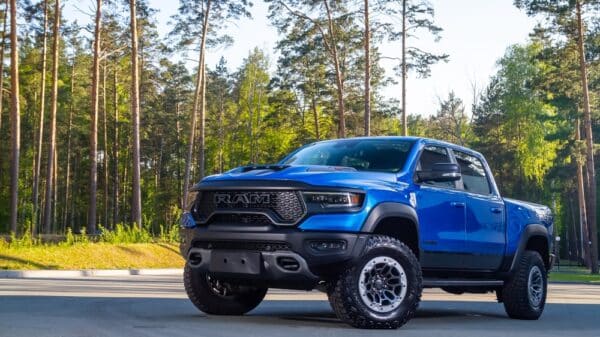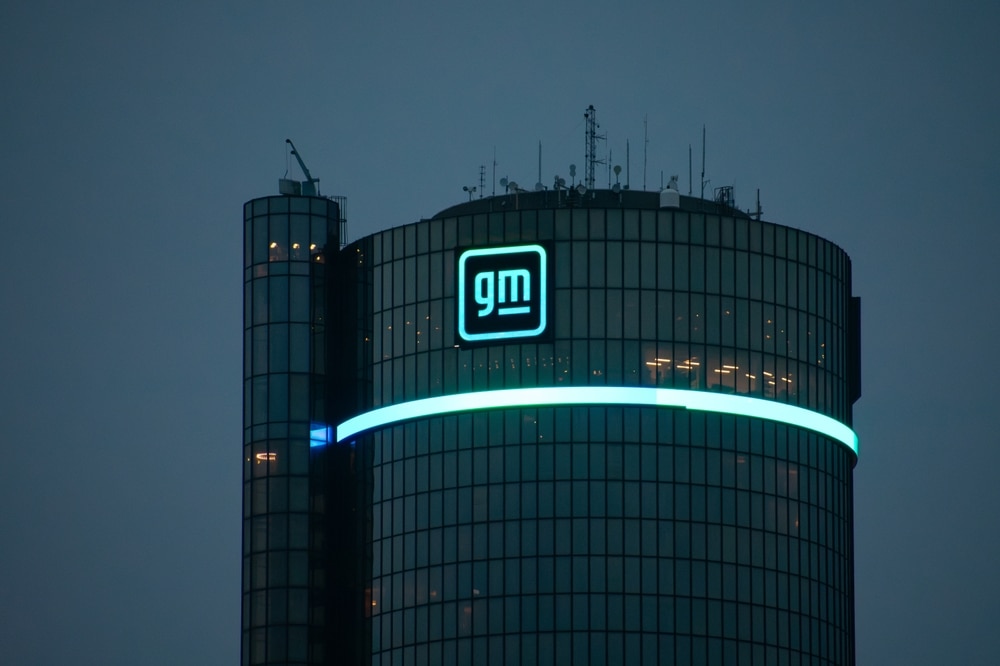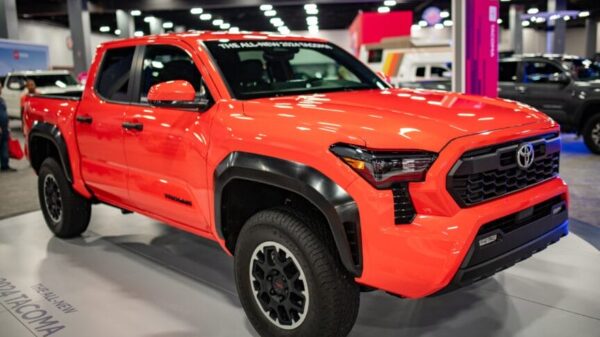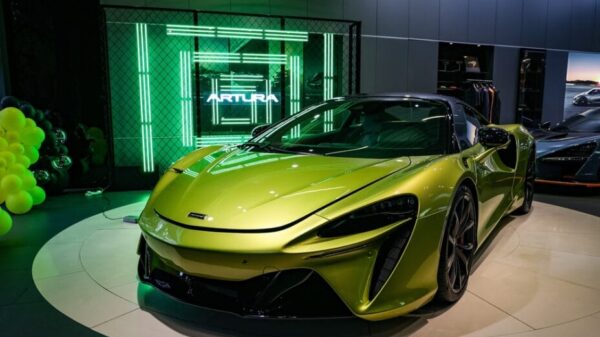General Motors is gearing up to change the electric vehicle (EV) game—again. The automaker recently revealed plans to introduce a new battery technology, and this time, it’s all about delivering greater range, reduced costs, and homegrown innovation. Set to roll out in 2028, GM’s upcoming lithium manganese-rich (LMR) prismatic cells are designed to power full-size trucks and SUVs with over 400 miles of range per charge. And perhaps more importantly, they’ll be made right here in the U.S.
This isn’t just another battery upgrade—it’s a strategic pivot with high stakes. Following a 32% drop in second-quarter profits, partly due to tariffs, GM is doubling down on domestic production and material sourcing. The goal? Build more affordable, high-performance EVs while reducing reliance on overseas supply chains—particularly China.
What Makes LMR Batteries Different?
Unlike current industry favorites like lithium-iron-phosphate (LFP) cells, GM’s LMR batteries use less nickel and cobalt, both of which are expensive and environmentally problematic to mine. Instead, the LMR formula leans into manganese, a more abundant and cost-effective mineral. According to GM CEO Mary Barra, this composition could actually offer better cost savings than LFP batteries—a significant statement, considering LFP’s popularity in markets like China for its affordability.
“The new lithium manganese-rich chemistry we are developing will be a game changer due to its energy density, charging capability, and cost efficiency,” Barra explained during a recent earnings call.
This blend of attributes—longer range, faster charging, and lower production costs—could give GM’s next generation of EVs a serious edge.
A New Era of Local Battery Production
GM’s battery strategy doesn’t stop at LMR innovation. The company is taking bold steps to bring production back to American soil. In partnership with LG Energy Solution, GM plans to begin manufacturing LMR cells domestically in 2027. The batteries will be packaged in a prismatic format—a design known for its durability and energy density—before debuting in full-size EVs the following year.
To further support its push for localized manufacturing, GM is converting part of its Spring Hill, Tennessee plant for LFP cell production, with operations set to start by the end of 2027. This move is more than just logistics; it’s a statement about energy independence and supply chain resilience.
The Silverado EV and Next-Gen Bolt: More Affordable Options Ahead
While LMR batteries are aimed at high-range, performance-oriented models, GM isn’t ignoring budget-conscious drivers. A new version of the Chevy Silverado EV featuring LFP batteries is expected in 2027, offering around 350 miles of range and potentially $6,000 in savings compared to its current lineup.
Similarly, the upcoming Chevrolet Bolt will be reimagined with LFP chemistry, reinforcing GM’s effort to make electric vehicles more financially accessible without sacrificing too much range or capability.
Why This Matters
In an EV market dominated by fierce global competition, battery innovation is more than a technological challenge—it’s a race for market leadership. GM’s investments in LMR and LFP technologies, combined with a strong focus on domestic production, position the company as a key player in the next chapter of electric mobility.
By 2026, the company expects its Georgia facility to hit 100 million tires produced—a testament to what long-term manufacturing commitment can achieve. If their battery strategy follows a similar path, GM may be setting itself up not just for a comeback, but for industry leadership.
The Bottom Line
GM’s latest announcements point to a more affordable, sustainable, and high-performing future for electric vehicles—particularly in the pickup and SUV space, where long range and durability are non-negotiable. Whether you’re in the market for a capable EV workhorse or simply following the shifting tides of clean tech innovation, GM’s LMR batteries could mark a turning point worth watching.
Image Source: Paper and Lens Co / Shutterstock


